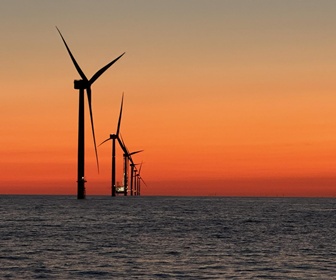McKinsey and Company (McKinsey) launches its redesigned Global Energy Perspective. The report reveals that the global energy transition is entering a new phase, marked by rising costs, complexity, and increased technology challenges.
Growing energy demand and resulting emissions could affect the pace of the energy transition, necessitating a rethink of both low-carbon and fossil fuel strategies to meet the goals outlined in the Paris Agreement.
The Global Energy Perspective 2024 explores a 1.5° pathway as well as three bottom-up energy transition scenarios to show the implications of different paths to net-zero, providing a fact base to inform stakeholders as they navigate this new phase. Key insights include:
- Global energy demand is projected to grow by up to 18% through 2050, mainly driven by growth in energy consumption in emerging economies (especially ASEAN countries, India, and the Middle East).
- Renewables are projected to grow to 65-80% of the global power generation mix by 2050, depending on the scenario.
Notably, hydrogen demand is projected to be up to 25% lower than previously anticipated due to cost increases of 20-40% and regulatory uncertainty. - Fossil fuels are projected to account for 40-60% of total energy demand to 2050, with fossil fuel demand projected to plateau between around 2025-2035 and begin declining thereafter.
- Key drivers of oil demand decline include EV uptake, continued plastic recycling, and increased demand for sustainable fuels.
- By 2050, battery electric vehicles (BEVs) are projected to account for 99% of global passenger vehicle sales in the Continued Momentum scenario, up from 13% today and 71% in 2030.
The analysis demonstrates that the buildout of clean energy technologies has not been fast enough to meet growing global energy demand. To date, the buildout of renewable energy sources has largely benefited from the most promising use cases or “low-hanging fruit” where policy and funding have been most plentiful.
Critically, the report also shows that the current pace of the energy transition could necessitate new oil production to meet energy demand across all bottom-up scenarios. The previously anticipated fossil fuel peak at the end of this decade is now better characterised as a plateau.
The report notes that accelerating the pace of the transition will require overcoming several bottlenecks impacting the uptake of low-carbon technologies, including electricity generation and sustainable fuels. This, combined with transmission and distribution (T&D) investments needing to grow nearly three-fold by 2050 to recover from underinvestment and accommodate intermittent renewable energy sources (RES), demonstrates the scale of the challenge ahead.








